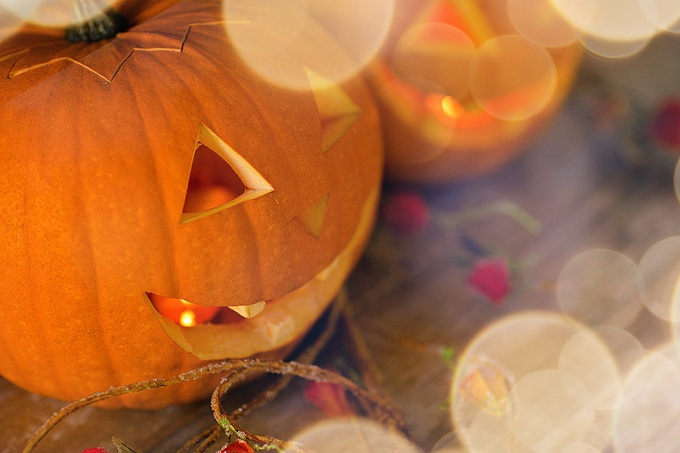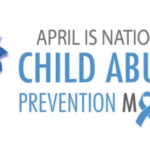UB experts give tips on how to be safe and avoid a children’s “revolt” this Halloween
BUFFALO, N.Y. – Celebrating Halloween during the pandemic will definitely be different, but it’s still possible to have fun while staying safe, say pediatric infectious disease specialists at the University at Buffalo.
Oscar Gómez-Duarte, MD, PhD, is chief of the Division of Infectious Diseases, and Mark Hicar, MD, PhD, is associate professor and infectious disease specialist, both in the Department of Pediatrics in the Jacobs School of Medicine and Biomedical Sciences at UB. They are both physicians with UBMD Pediatrics and John R. Oishei Children’s Hospital.
Gómez-Duarte and Hicar strongly agree with the recommendations recently posted by the Centers for Disease Control and Prevention.
“There will be a lot of pressure to partake in activities, and some children may want to ‘revolt’ if not able to partake,” Hicar said. He strongly suggests following the options the CDC provides on its website as safer alternatives.
Some individuals should completely refrain
Gómez-Duarte and Hicar note that the most important advice is that anyone who has COVID-19 or may have been exposed to someone with COVID-19 should completely refrain from participating in in-person Halloween activities.
“Halloween activities that normally bring many people in close proximity and that promote sharing of candies and food from people potentially infected would increase coronavirus transmission and may result in significantly increasing the number of COVID-19 cases,” said Gómez-Duarte.
Anyone who lives with, or comes into contact on a regular basis with someone who is high-risk or immunocompromised should also refrain from customary in-person Halloween activities.
“If you do have high-risk persons whom you visit, I would plan on avoiding visitation for 14 days after participating in any Halloween activities that involve persons outside your household to make sure no symptoms develop,” said Hicar.
As Halloween is still weeks away, some communities may be taking steps to prohibit or modify traditional trick-or-treating. Keeping up to date on local ordinances and public health advice is recommended.
“Even if allowed, I think many houses won’t partake in trick-or-treating, as this is naturally a non-distancing activity,” said Hicar, adding that adults also may not want to expose themselves.
The potential risks posed by the Halloween tradition of knocking on doors for candy in most cases are just too high, and Hicar and Gómez-Duarte recommend against it.
Bring activities into the home or online
They note that the CDC site offers safer ways to celebrate, including:
- Wearing costumes at home.
- Participating in home-based activities like carving pumpkins and decorating the house.
- Holding an online Halloween costume contest.
- Holding scavenger hunts for Halloween-themed items inside and outside the house.
If the decision is made to venture into the neighborhood, there are some safer ways to do so:
- If you have already expanded your connections outside of your immediate family, stay within that same cohort of people for Halloween activities.
- Wear a proper face covering at all times (not a costume mask). Do not wear costume masks over medical face coverings, as this can be dangerous.
- Have a socially distanced trick-or-treat experience (considered moderate risk). As described on the CDC website, this is where neighbors offer goodie bags outside to children at the edge of their driveway or front yard. Be aware that those handling goodie bags could have COVID-19 and if they do, could contaminate bags and candies. Masking and good hand hygiene are required.
- Careful wrapper cleaning, transferring candy to new containers, or quarantining of the candy gathered from socially distanced trick-or-treating would lower the risk. “Supplementing with store-bought candy during the quarantine period —I suggest buying some of their favorites — may feed the sweet tooth and prevent mass revolt in the meantime,” said Hicar. He adds: “It is not perfectly clear how long any coronavirus would live on the wrappers, nor how infectious this type of spread would be. Data suggests leaving wrapped candy untouched for up to a week would be the safest for this strategy.”
Gómez-Duarte confirms: “Households providing candies to their children is the safest way to handle candy craving and lower the risk of coronavirus transmission. Having online or indoor Halloween activities limited to family members is the best way to keep the tradition without increasing transmission, disease, and other bad outcomes,” he added.












